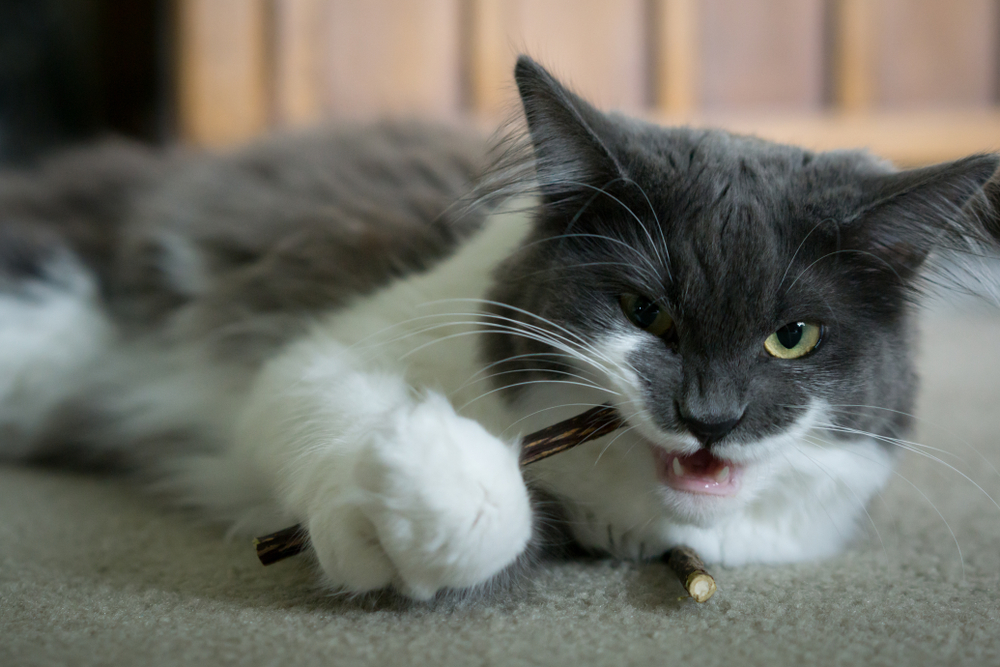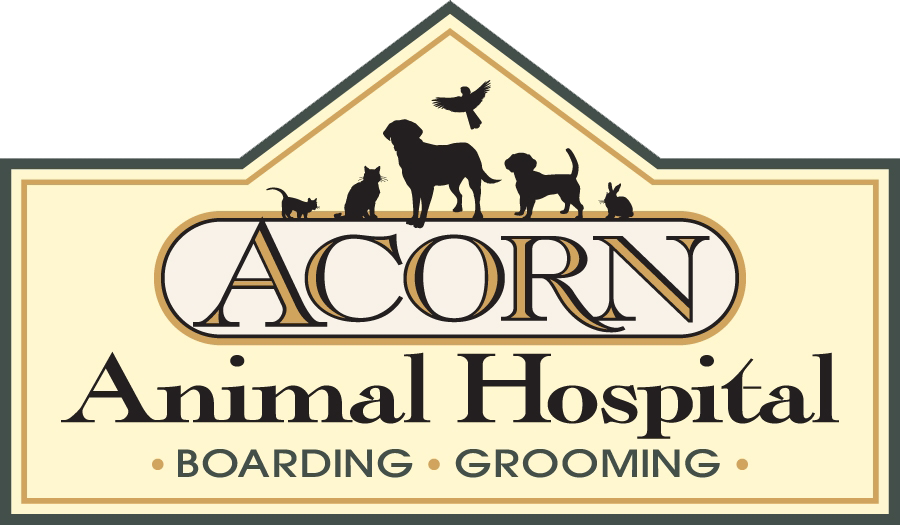When you’re at work all day, you want to ensure your four-legged friend is entertained. After all, if they’re chewing on an approved toy or treat, they’re not gnawing on your new leather sofa or shoes. But, with so many chew toy options available, finding ones that last and are safe for your pet’s teeth and gastrointestinal tract can be tough. So, our Acorn Animal Hospital team has weeded through the good and the bad to uncover the most fun, safest chew toys that will keep your furry pal occupied. We also share the toys better left on the pet store shelves. Bookmark this list for your next chew toy shopping spree.
Safe chew toy options for your pet
Although no chew toy is 100% safe, the following topped the list of the best chewing toys for your pet:
- Goughnuts — Made from 100% natural rubber, Goughnuts have a safety indicator built into some of their toy lines. If your dog gnaws through the outer layer and exposes the red warning indicator, they’ll replace the toy for free.
- Kong toys — Kong toys come in many varieties, but one of the most popular—and durable—are the rubber toys. They make the perfect food puzzle, as you can stuff them with a mixture of dry food, canned food, veggies, fruit, or yogurt. Also, rubber Kong toys reduce your pet’s choking risk because they have two breathing holes.
- VOHC-approved dental chews — Many pet owners give their cat or dog chew toys as a dental health benefit. However, not all dental chews are as beneficial as they claim, so when choosing dental chews for your pet, look for the Veterinary Oral Health Council’s (VOHC) seal of approval. This seal designates the product is high quality and truly slows plaque and tartar accumulation.
- Edible Nylabones — Nylabones come in edible and inedible forms. While the edible forms aren’t as long-lasting, they’re safer if chewed and swallowed. However, watch your pet to ensure they don’t scarf down a large chunk when they’re enjoying their treat.
Unsafe chew toy options for your pet
Your pet may chew anything they can get their paws on, but the following items can be dangerous for their health and should be avoided:
- Bones, hooves, and antlers — While these durable chews seem perfect for power-chewing pets, they’re an excellent way to fracture a tooth. And, while chewing, your pet may splinter the bones and hooves, swallow the sharp shards, and develop a gastrointestinal blockage or perforation. Although antlers are harder than bones, sharp tips can still break off and pierce your pet’s soft tissues as they chew and swallow.
- Sticks — Sticks are the ideal chew toy for dogs, right? Unfortunately, that is not the case. Although your four-legged friend may love picking up all the sticks in your yard and turning them into mulch, various health problems are highly likely to develop. Splinters and shards can lodge in your pet’s gums, esophagus, or intestinal tract, causing widespread infection or a blockage.
- Tennis balls — While your dog can play fetch with a tennis ball, excessive chewing can be hazardous to their teeth, because the abrasive felt can wear down the enamel and expose the sensitive pulp inside the teeth. The ball’s felt becomes more damaging when wet and full of dirt or sand. Also, avoid any ball without two holes for air to pass through—solid balls, or those with only one hole, can become a choking hazard.
- Rawhide — Rawhide is a popular chew toy for dogs, evidenced by the vast array of products lining pet store shelves. However, this bleached, processed chunk of animal hide is one of the most dangerous pet chew toys. In addition to the numerous chemicals used in creating rawhides, these chews often cause life-threatening intestinal blockages. The rawhide typically becomes soft and slimy as your pet chews, and may be swallowed and become a choking hazard, or lodge in the intestinal tract.
Pet chew toy tips

You now have a list of some safe and not-so-safe chew toys for your pet, but regardless of what you choose for your pet to gnaw on, remember these rules:
- Always supervise your pet when they’re chewing on a new brand or type of toy to check its durability and proper size.
- As your pet chews, watch for small pieces of toy that break off, and immediately discard.
- Keep in mind that any chew toy is potentially hazardous.
If your furry pal is showing pain or gastrointestinal issues after getting their paws on an unsafe chew toy, like a stick or rock, contact our Acorn Animal Hospital team. Otherwise, we’d love to share our favorite chew toy options that will keep your pet’s teeth, gums, and gastrointestinal tract healthy.
